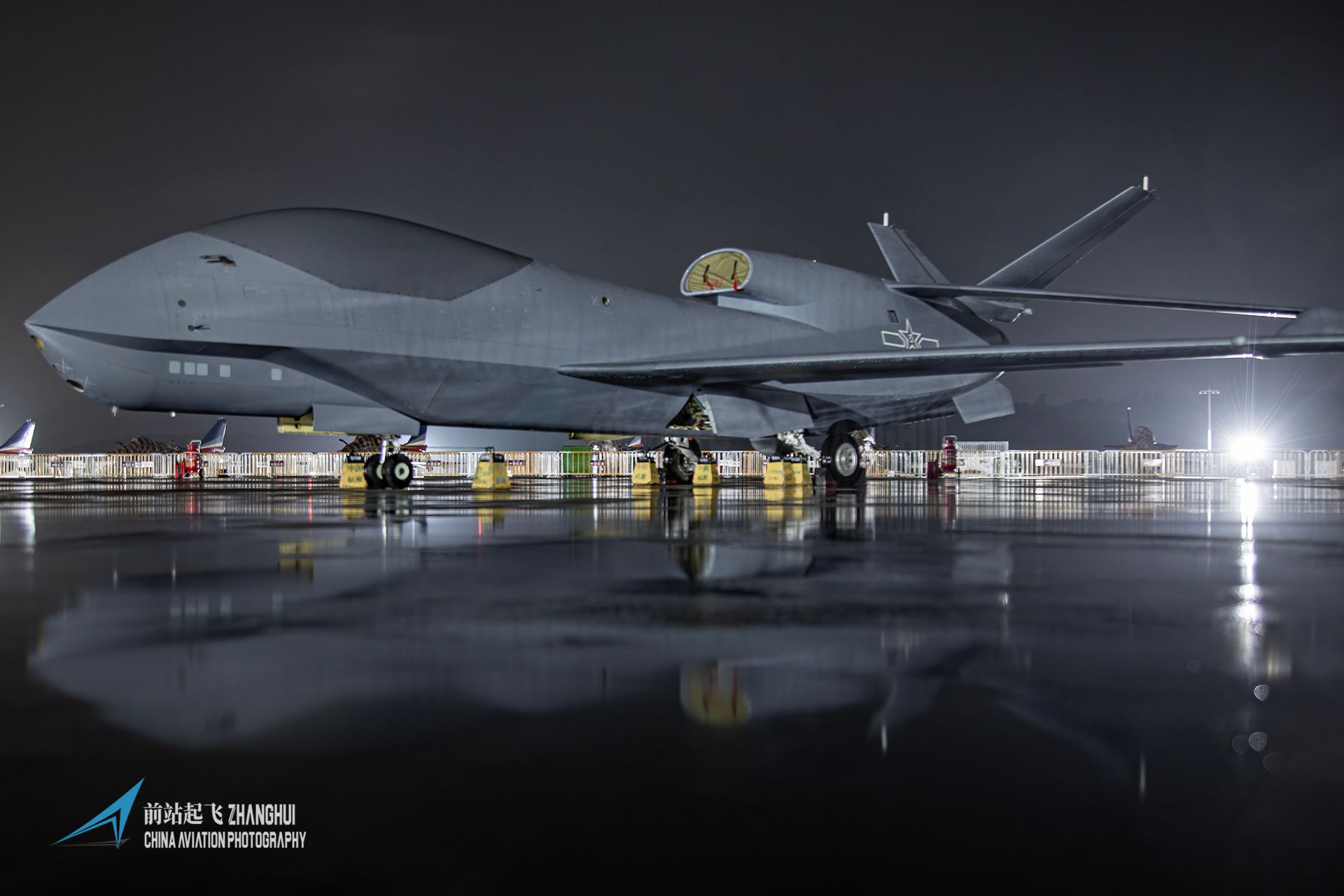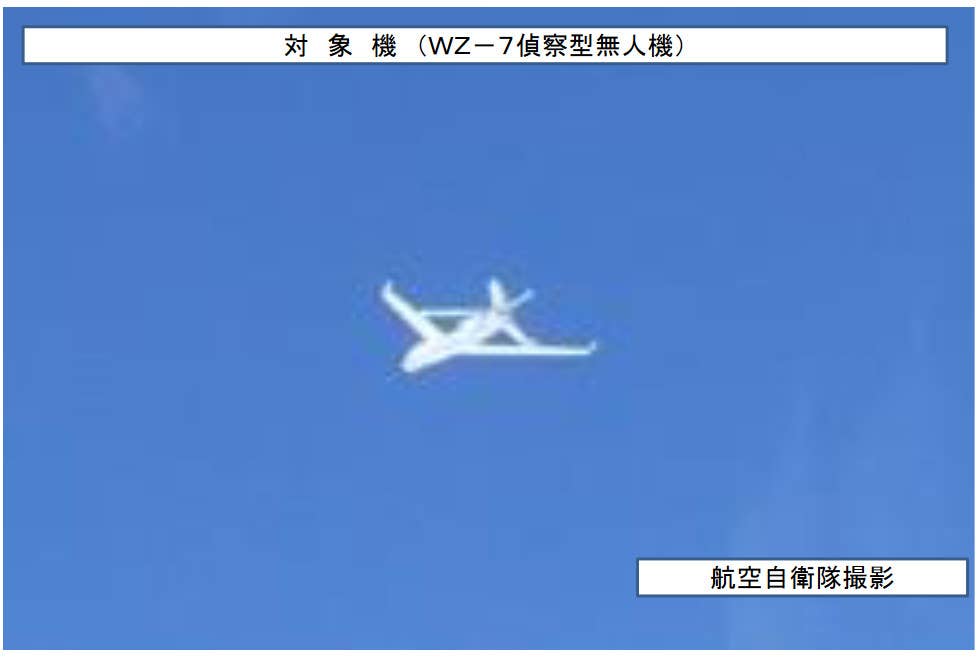A WZ-7 Soaring Dragon drone of the Chinese People’s Liberation Army was recently seen flying close to the Philippines at a time when the Southeast Asian country was gearing up to receive the delivery of Indian BrahMos supersonic cruise missiles.
The WZ-7 drone, which has a distinctive and instantly identifiable joined-wing shape, was spotted flying over the West Philippine Sea, a section of the South China Sea to the northwest of the Philippine archipelago, by Raffy Tima, a correspondent for the Philippine news organization GMA News.
The spotting of the WZ-7 drone is significant in the wake of escalating tensions between China and the Philippines over territorial disputes (Second Thomas Shoal and Scarborough Shoal) in the South China Sea. The acquisition of the BrahMos missile from India has also been touted as a move at building capability against an aggressive China.
In light of the escalating tension in the West Philippine Sea, the BrahMos missile system was purchased as part of the “Horizon” 2 Priority Projects aimed at modernizing the Philippine armed forces.
EurAsian Times recently reported that an Indian Air Force C-17 Globemaster and Il-76 would deliver the first batch of BrahMos missiles to Manila. It was eventually delivered on 19th April, as EurAsian Times had disclosed via its sources.
The sale of BrahMos has been undertaken through a government-to-government (G2G) deal. It includes the delivery of three missile batteries, training for operators and maintainers, and the necessary Integrated Logistics Support (ILS) package. A single missile battery usually consists of three mobile autonomous launchers with two or three missile tubes each, along with its tracking systems.
This sighting of the WZ-7 at the same time the Indian transport planes fly in with the BrahMos missiles could be an interesting coincidence. The timing of the drone’s sighting is also significant since it comes just ahead of Manila kicking off the ‘Balikatan 2024’ drills with the United States.

As part of these much-awaited drills, the forces will sink a target ship, reclaim an island, and sail in waters confronting the South China Sea. China is expected to be particularly unhappy with the US deploying the new Typhon ground-based missile system on the northern Philippine island of Luzon.
Soaring Dragon Soars Over China’s Adversaries
The People’s Republic of China’s WZ-7 Soaring Dragon is a high-altitude, long-endurance unmanned aerial vehicle (UAV) and is often likened to the US RQ-4B Global Hawk HALE-class drone, which is in service with Japan.
The jet-powered WZ-7, flown by the People’s Liberation Army Air Force (PLAAF) and People’s Liberation Army Navy (PLAN), has a service ceiling of over 60,000 feet and a range of about 4,350 miles. Although estimations made accessible to the public indicate a minimum endurance of 10 hours, actual flight times may be far longer.
The drone is distinguished by its diamond-shaped wings with forward-swept flying surfaces that continue to the base of the vertical tail. This is the reason why it has been easily recognized by people and military watchers.

In September 2022, amid rising tensions in the Taiwan Strait, the WZ-7 was detected operating near Taiwan for the first time. A few months later, the WZ-7 Soaring Dragon drones made headlines when it unexpectedly increased its operations over the East China Sea. Taiwan has since detected the drone multiple times amid an increased PLA presence in the region.
The WZ-7 has been used extensively by the PLAAF in the Tibet region to spy across the border into India. It has also been operated from the crucial Yishuntun Airbase near the North Korean border.
In late 2022, a set of satellite photos of the Shigatse base, released by Planet Labs, showed that the WZ-7 Soaring Dragon UAV was spotted at Shigatse two days after Indian and People’s Liberation Army (PLA) troops clashed at Arunachal Pradesh’s Tawang.
Seeing ongoing high tension b/w India 🇮🇳 & China 🇨🇳 after clash near LAC in Tawang sector.
China has speed it's AF presence at bases near Arunachal Pradesh & Eastern India.
🧵🧵👇👇
🔴Chengdu Bangda Airport:- CH4 & WZ-7 + 2×Flanker can be seen in open air
📷:- @ndtv (1/3) pic.twitter.com/g0soKjZ16H— Vivek Singh (@VivekSi85847001) December 19, 2022
The capabilities of this drone are consistent with China’s ‘Intelligentized Warfare’ idea, as previously reported by the EurAsian Times. Some analysts predict that equipment like the WZ-7 and the J-16D, a new class of electronic warfare aircraft, will be employed in tandem. The WZ-7 will then be sharing surveillance data with the J-16D.
More recently, the drone undertook flight maneuvers over the Sea of Japan for the first time. The Japanese Ministry of Defense (MoD) was compelled to scramble its fighter jets in response. The ministry suggested that the UAV had traversed the airspace of either North Korea or Russia before its flight over the Sea of Japan and its return journey to the continent.

At the time, several military watchers wrote on social media that such capabilities could significantly enhance China’s ability to gather real-time intelligence and maintain a comprehensive understanding of maritime activities in the region. Accessing foreign airspace enables shorter routes, granting the PLA increased time and efficiency in designated operational zones, especially in regions like the Sea of Japan.
As for the drone’s appearance near the Philippines, speculation is rife that the Soaring Dragons have been operating in this region since late 2022. This includes the observation of a WZ-7 flying west over the southeast of Guangdong province in China, which is located directly on the northern border of the South China Sea.
- Contact the author at sakshi.tiwari9555(at)gmail.com
- Follow EurAsian Times on Google News




